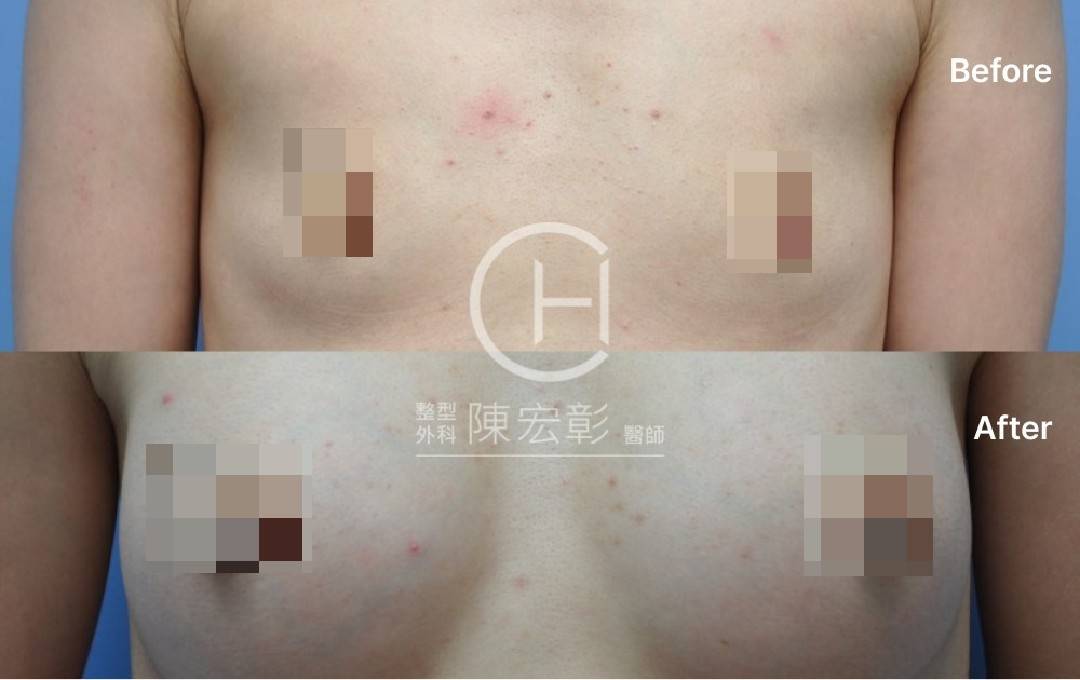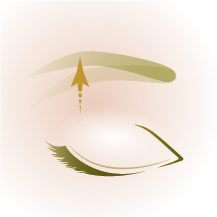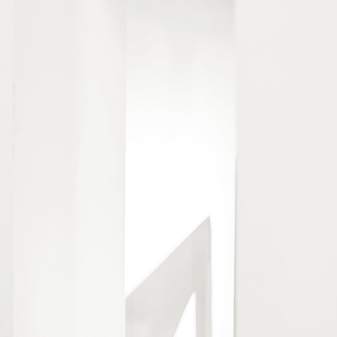Breast cosmetic surgery
Breast Augmentation Surgery
BREAST PLASTIC SURGERY
BREAST PLASTIC SURGERY
Breast Augmentation Surgery
- Case Study
- Before and After
- Principle
Anesthesia and Preoperative Planning
1. It is recommended to wear a pressure garment for three months after liposuction,
and it is recommended to make a pressure garment before surgery
2. If you have any drug allergies, you need to inform your doctor before surgery
3. It is necessary to stop anticoagulant drugs for a week before surgery to avoid intraoperative and postoperative bleeding
4. It is also recommended to avoid smoking for at least two weeks before and after surgery
5.If you have systemic diseases such as high blood pressure, heart disease, diabetes, abnormal thyroid function, etc., it is recommended that specialists control and stabilize before undergoing surgery
6. If you or your family have swollen feet or hypertrophic scars, please inform your doctor before surgery
7. Breast augmentation surgery is recommended to be performed under general anesthesia, with basic blood draw, chest X-ray and electrocardiogram before surgery
2. If you have any drug allergies, you need to inform your doctor before surgery
3. It is necessary to stop anticoagulant drugs for a week before surgery to avoid intraoperative and postoperative bleeding
4. It is also recommended to avoid smoking for at least two weeks before and after surgery
5.If you have systemic diseases such as high blood pressure, heart disease, diabetes, abnormal thyroid function, etc., it is recommended that specialists control and stabilize before undergoing surgery
6. If you or your family have swollen feet or hypertrophic scars, please inform your doctor before surgery
7. Breast augmentation surgery is recommended to be performed under general anesthesia, with basic blood draw, chest X-ray and electrocardiogram before surgery
Recovery Process and Post-operative Care:
1. You can choose to stay in the hospital for one day or go home on the same day after
the operation
2. Prophylactic antibiotics, anti-inflammatory, analgesic, detumescence, hemostasis, and other oral medicines will be given for three days after surgery;
3. Wound care: ointment will be prescribed after surgery, and the dressing will be changed twice a day: in the morning and after bathing in the evening
4. The degree of postoperative bruising and swelling varies from person to person. Generally, it is most obvious 3 or 4 days after the operation, and most patients can be relieved about two weeks after the operation.
5. You can wash your face and take a bath normally after the operation. But avoid swimming, splashing in the water by the seaside stream and soaking in hot springs
6. Avoid strenuous activities after surgery, such as heavy training, running, mountaineering, rock climbing…etc. It can increase blood pressure and cause bleeding, or open wounds.
7. The diet is generally normal, but avoid tobacco, alcohol and spicy food (too spicy and salty)
8. Those who undergo breast augmentation surgery under the armpit should wear a compression garment to compress the upper edge of the breast for 2 months after surgery to avoid the position of the prosthetic breast being
2. Prophylactic antibiotics, anti-inflammatory, analgesic, detumescence, hemostasis, and other oral medicines will be given for three days after surgery;
3. Wound care: ointment will be prescribed after surgery, and the dressing will be changed twice a day: in the morning and after bathing in the evening
4. The degree of postoperative bruising and swelling varies from person to person. Generally, it is most obvious 3 or 4 days after the operation, and most patients can be relieved about two weeks after the operation.
5. You can wash your face and take a bath normally after the operation. But avoid swimming, splashing in the water by the seaside stream and soaking in hot springs
6. Avoid strenuous activities after surgery, such as heavy training, running, mountaineering, rock climbing…etc. It can increase blood pressure and cause bleeding, or open wounds.
7. The diet is generally normal, but avoid tobacco, alcohol and spicy food (too spicy and salty)
8. Those who undergo breast augmentation surgery under the armpit should wear a compression garment to compress the upper edge of the breast for 2 months after surgery to avoid the position of the prosthetic breast being
Follow-ups and Complications:
1. Risks of infection, hemorrhage, inadequate wound healing, etc. exist with every procedure.
2. Potential side effects of breast augmentation include scarring, breast implant rupture, displacement, capsular contracture, incorrect positioning of the areola and nipple, and worsening nipple sensation.
3. Although all surgeries leave scars, the plastic surgeon will meticulously stitch and use extremely thin sutures to tuck the scars into the creases of the skin and the borders of the hair, making them less noticeable and more difficult to locate. Even so, the scar may still be momentarily red and elevated (1-2 months after the operation) until it stabilizes, but after two to six months the scar will often gradually fade and become less noticeable. climbed up.
2. Potential side effects of breast augmentation include scarring, breast implant rupture, displacement, capsular contracture, incorrect positioning of the areola and nipple, and worsening nipple sensation.
3. Although all surgeries leave scars, the plastic surgeon will meticulously stitch and use extremely thin sutures to tuck the scars into the creases of the skin and the borders of the hair, making them less noticeable and more difficult to locate. Even so, the scar may still be momentarily red and elevated (1-2 months after the operation) until it stabilizes, but after two to six months the scar will often gradually fade and become less noticeable. climbed up.
Any surgery or treatment carries risks, and the results can differ depending on the patient's condition. Each patient may require a different type of surgery and treatment. Complete communication and in-depth examination with the surgeon are necessary prior to surgery.
Having plump breasts and a beautiful career line is the dream of many women.
Before having breast augmentation surgery, have a breast screening!
Every woman who wants to get breast augmentation must first get screened for breast cancer. Before surgery, Dr. Chen advises having a breast ultrasound performed. No reservations regarding the lesions can be raised prior to discussion because there are no aberrant nodules, abnormal breast look, nipple bleeding, depression, etc. Breast enlargement surgery.
Types of breast implants?
At present, more than 90% of breast implants on the market in Taiwan are made of silicone material. Various new breast implants have been continuously introduced in recent years, but they are mainly divided into:
1.Smooth-faced breast implants: Soft and natural to the touch, massage is required after surgery to allow natural sliding space for the breast implants and prevent capsular twinning.
2.Villus surface prosthesis: Patients with too thin breast skin may feel less natural, but human tissue will develop into the villi space on the prosthesis’ surface and integrate with the prosthesis, making the capsule less likely to shrink.
3.Motiva: It is a similar velvety prosthesis to the previous one, but the fluff is finer; it is also referred to as a nano velvet prosthesis. Although it costs more, it has a more natural touch and less capsular twinning.
**Before surgery, it is advised to speak openly with the surgeon about the best breast implant option.
1.Smooth-faced breast implants: Soft and natural to the touch, massage is required after surgery to allow natural sliding space for the breast implants and prevent capsular twinning.
2.Villus surface prosthesis: Patients with too thin breast skin may feel less natural, but human tissue will develop into the villi space on the prosthesis’ surface and integrate with the prosthesis, making the capsule less likely to shrink.
3.Motiva: It is a similar velvety prosthesis to the previous one, but the fluff is finer; it is also referred to as a nano velvet prosthesis. Although it costs more, it has a more natural touch and less capsular twinning.
**Before surgery, it is advised to speak openly with the surgeon about the best breast implant option.
Breast implant size choice?
Before surgery, the doctor will carefully evaluate the patient’s breast size and chest shape, and recommend the appropriate breast implant size according to the size of the thorax. Dr. Chen still has to remind customers that it is not in line with the body proportions, too large artificial breasts will easily shrink the capsule, and it is easy to touch the bottom of the artificial breast on the outside of the breast.
How is a breast augmentation procedure carried out?
The implantation of breast implants during breast augmentation surgery often requires general anesthesia and is as follows:
1.Breast under the mammary fascia (under the tendons): All breast implants are positioned above the pectoralis major under the mammary fascia. It is less painful and more realistic, but it is not recommended for customers with thin or small breasts because the edge of the prosthesis will be visible.
2.All breast implants are positioned beneath the pectoralis major muscle (under the flesh), concealing the implant’s edge as the pectoralis major muscle contracts automatically to massage the area and lessen the risk of capsular contracture. The breast implant may shift upward as the muscles contract, which is a drawback.
3.The breast implant’s top portion is positioned under the pectoralis major muscle and its lower portion is positioned beneath the mammary fascia in a procedure known as double plane breast augmentation (half muscle and half muscle). Combine the benefits of the two placement spaces mentioned above.
The following are the main surgical incisions used for breast implant placement:
Comparison of Common Breast Augmentation Incisions
1.Breast under the mammary fascia (under the tendons): All breast implants are positioned above the pectoralis major under the mammary fascia. It is less painful and more realistic, but it is not recommended for customers with thin or small breasts because the edge of the prosthesis will be visible.
2.All breast implants are positioned beneath the pectoralis major muscle (under the flesh), concealing the implant’s edge as the pectoralis major muscle contracts automatically to massage the area and lessen the risk of capsular contracture. The breast implant may shift upward as the muscles contract, which is a drawback.
3.The breast implant’s top portion is positioned under the pectoralis major muscle and its lower portion is positioned beneath the mammary fascia in a procedure known as double plane breast augmentation (half muscle and half muscle). Combine the benefits of the two placement spaces mentioned above.
The following are the main surgical incisions used for breast implant placement:
Comparison of Common Breast Augmentation Incisions



















